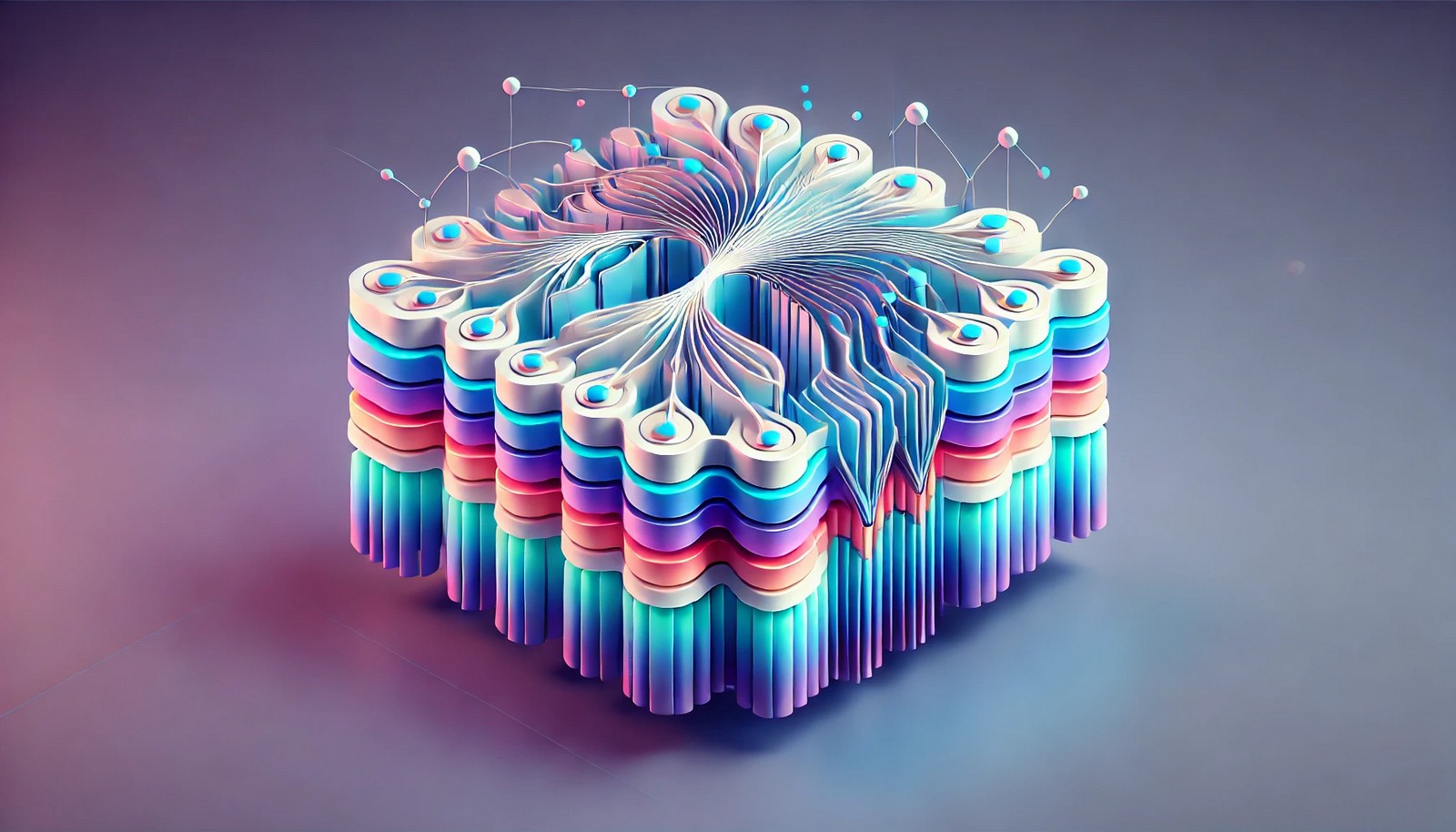Batch Renormalization in AI

Quick Navigation:
- Batch Renormalization Definition
- Batch Renormalization Explained Easy
- Batch Renormalization Origin
- Batch Renormalization Etymology
- Batch Renormalization Usage Trends
- Batch Renormalization Usage
- Batch Renormalization Examples in Context
- Batch Renormalization FAQ
- Batch Renormalization Related Words
Batch Renormalization Definition
Batch Renormalization is a modification of the Batch Normalization process commonly used in deep learning to stabilize and speed up the training of neural networks. Unlike Batch Normalization, which relies solely on the current mini-batch statistics, Batch Renormalization incorporates a form of correction to handle shifts in data distribution, ensuring smoother model convergence across varying batch sizes. This technique improves training stability and model accuracy, particularly for complex, large-scale datasets, and is beneficial when training deep neural networks over distributed environments.
Batch Renormalization Explained Easy
Imagine you're training for a race and receive regular guidance to adjust your pace. Batch Renormalization acts like this guidance for neural networks, helping them maintain a steady "learning pace" despite shifts in the training data, making it easier to learn and perform well.
Batch Renormalization Origin
The concept of Batch Renormalization emerged from the need to address limitations in Batch Normalization, especially for distributed and non-stationary data environments where standard methods struggled to maintain stable training dynamics.
Batch Renormalization Etymology
The term “Batch Renormalization” builds upon "Batch Normalization," with "Renormalization" indicating a correction or re-adjustment of batch statistics during training.
Batch Renormalization Usage Trends
Since its introduction, Batch Renormalization has gained traction in scenarios that require distributed neural network training, where maintaining consistent performance across varying data distributions is critical. It has become a popular choice in cutting-edge research and applications within machine learning fields that handle extensive and diverse datasets.
Batch Renormalization Usage
- Formal/Technical Tagging:
- Deep Learning
- Neural Networks
- Distributed Training
- Data Normalization - Typical Collocations:
- "batch renormalization algorithm"
- "batch renormalization in neural networks"
- "distributed training with batch renormalization"
Batch Renormalization Examples in Context
- In complex neural network models used for image recognition, Batch Renormalization ensures stable training, reducing the effect of data distribution shifts across mini-batches.
- Researchers employ Batch Renormalization for speech recognition models, enhancing accuracy in diverse acoustic environments.
- Batch Renormalization is instrumental in distributed machine learning setups, helping models learn effectively from large datasets divided across multiple systems.
Batch Renormalization FAQ
- What is Batch Renormalization?
Batch Renormalization is a training technique in deep learning that adjusts batch normalization processes to enhance stability in data distribution shifts. - Why was Batch Renormalization introduced?
It was developed to address challenges in standard Batch Normalization, especially in distributed data environments. - How does Batch Renormalization differ from Batch Normalization?
Batch Renormalization adds corrective measures to handle batch distribution variations, while Batch Normalization depends solely on batch statistics. - In what scenarios is Batch Renormalization most useful?
It’s particularly beneficial for distributed and non-stationary data training environments. - Can Batch Renormalization improve model accuracy?
Yes, by stabilizing training dynamics, it can lead to higher model accuracy. - Is Batch Renormalization widely adopted?
Yes, it’s increasingly adopted in fields requiring distributed neural network training. - Does Batch Renormalization affect training speed?
It can accelerate training by reducing instability caused by shifting data distributions. - Who developed Batch Renormalization?
It was introduced by researchers in deep learning seeking improvements over Batch Normalization. - Is Batch Renormalization suitable for all neural network types?
It is particularly suited for deep, complex networks handling variable data distributions. - How does Batch Renormalization handle distributed data?
It uses corrective statistics that adjust to each batch, ensuring smoother learning across distributed datasets.
Batch Renormalization Related Words
- Categories/Topics:
- Deep Learning
- Data Normalization
- Distributed Machine Learning
Did you know?
Batch Renormalization has been pivotal in advancing autonomous vehicle technology, allowing AI models to learn from highly diverse driving conditions. By managing data shifts effectively, it ensures consistent performance, helping cars respond safely in real-world environments.
PicDictionary.com is an online dictionary in pictures. If you have questions or suggestions, please reach out to us on WhatsApp or Twitter.Authors | Arjun Vishnu | @ArjunAndVishnu

I am Vishnu. I like AI, Linux, Single Board Computers, and Cloud Computing. I create the web & video content, and I also write for popular websites.
My younger brother, Arjun handles image & video editing. Together, we run a YouTube Channel that's focused on reviewing gadgets and explaining technology.



Comments powered by CComment